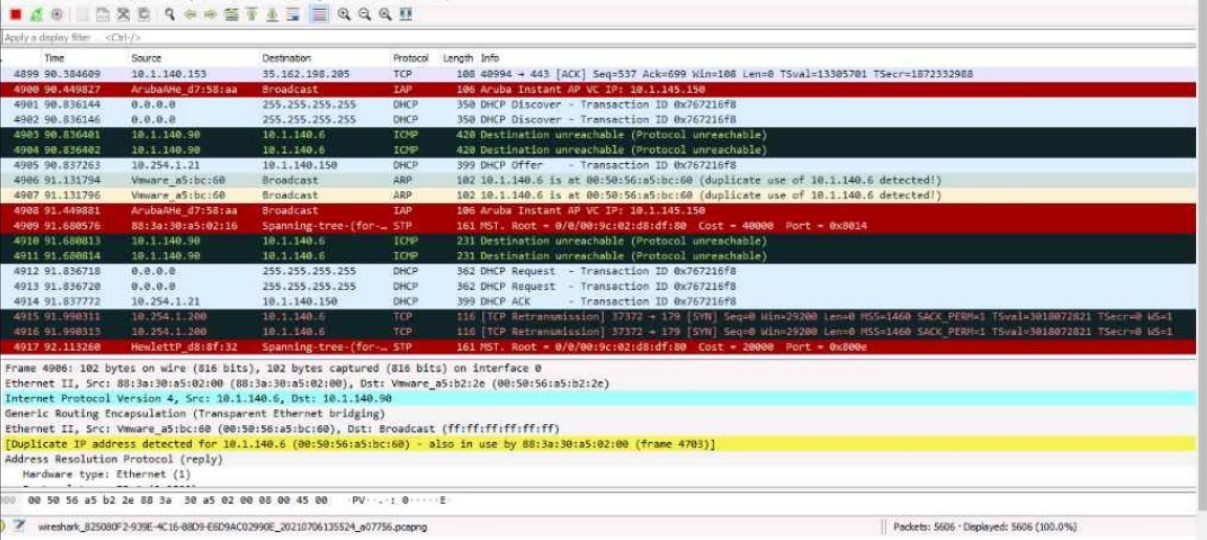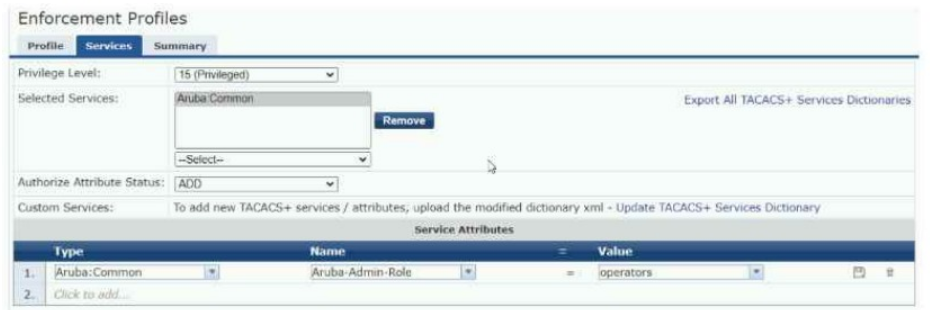HP HPE7-A02 - Aruba Certified Network Security Professional Exam
A company issues user certificates to domain computers using its Windows CA and the default user certificate template. You have set up HPE Aruba Networking
ClearPass Policy Manager (CPPM) to authenticate 802.1X clients with those certificates. However, during tests, you receive an error that authorization has failed
because the usernames do not exist in the authentication source.
What is one way to fix this issue and enable clients to successfully authenticate with certificates?
A company has HPE Aruba Networking Central-managed APs. The company wants to block all clients connected through the APs from using YouTube.
Which steps should you take?
HPE Aruba Networking Central displays an alert about an Infrastructure Attack that was detected. You go to the Security > RAPIDS events and see that the attack
was "Detect adhoc using Valid SSID."
What is one possible next step?
You are setting up policy rules in HPE Aruba Networking SSE. You want to create a single rule that permits users in a particular user group to access multiple applications. What is an easy way to meet this need?
Refer to the Exhibit:

These packets have been captured from VLAN 10. which supports clients that receive their IP addresses with DHCP.
What can you interpret from the packets that you see here?
These packets have been captured from VLAN 10, which supports clients that receive their IP addresses with DHCP. What can you interpret from the packets that you see here?
You have run an Active Endpoint Security Report on HPE Aruba Networking ClearPass. The report indicates that hundreds of endpoints have MAC addresses but
no known IP addresses.
What is one step for addressing this issue?
A company needs you to integrate HPE Aruba Networking ClearPass Policy Manager (CPPM) with HPE Aruba Networking ClearPass Device Insight (CPDI).
What is one task you should do to prepare?

You have downloaded a packet capture that you generated on HPE Aruba Networking Central. When you open the capture in Wireshark, you see the output shown in the
exhibit.
What should you do in Wireshark so that you can better interpret the packets?
A company has AOS-CX switches, which authenticate clients to HPE Aruba Networking ClearPass Policy Manager (CPPM). CPPM is set up to receive a variety of information about clients' profile and posture. New information can mean that CPPM should change a client's enforcement profile. What should you set up on the switches to help the solution function correctly?
Refer to the exhibit:

The exhibit shows the TACACS+ enforcement profile that HPE Aruba Networking ClearPass Policy Manager (CPPM) assigns to a manager. When this manager logs into an AOS-CX switch, what does the switch do?



